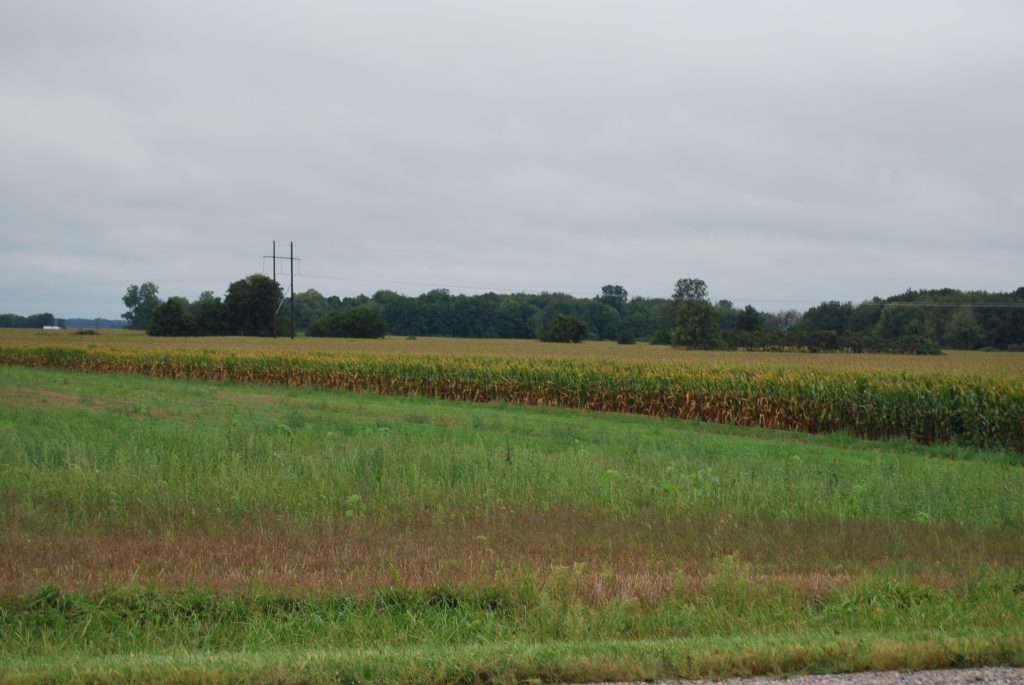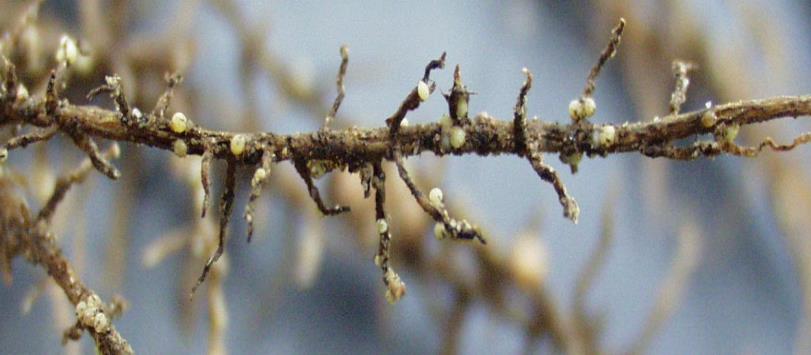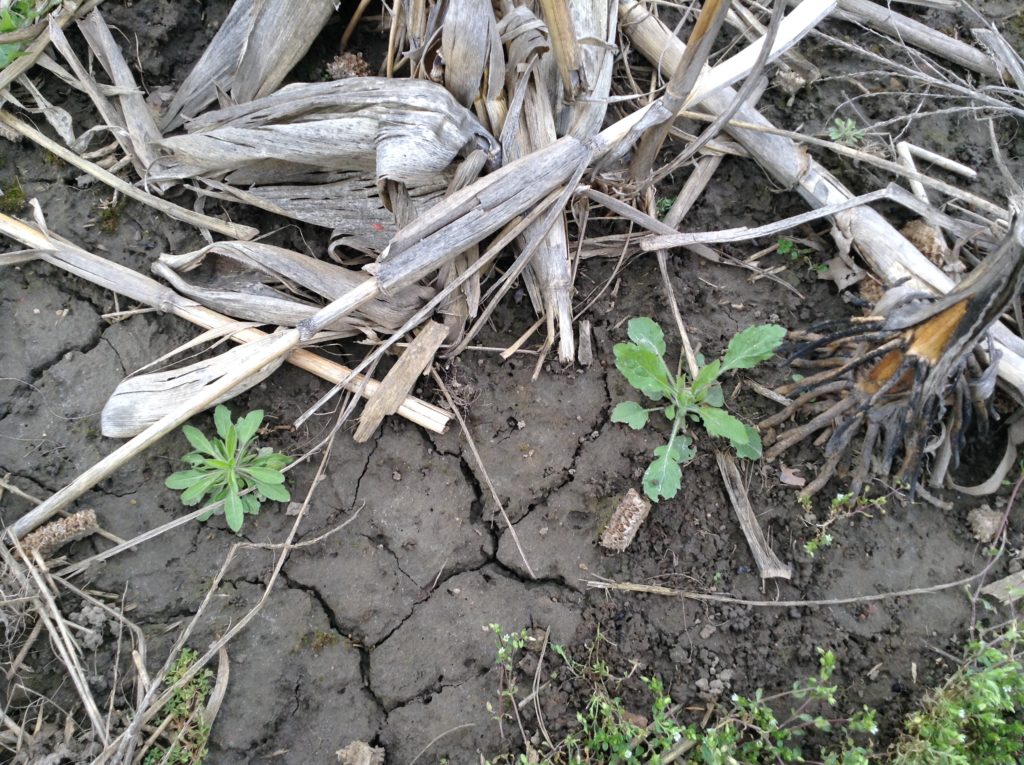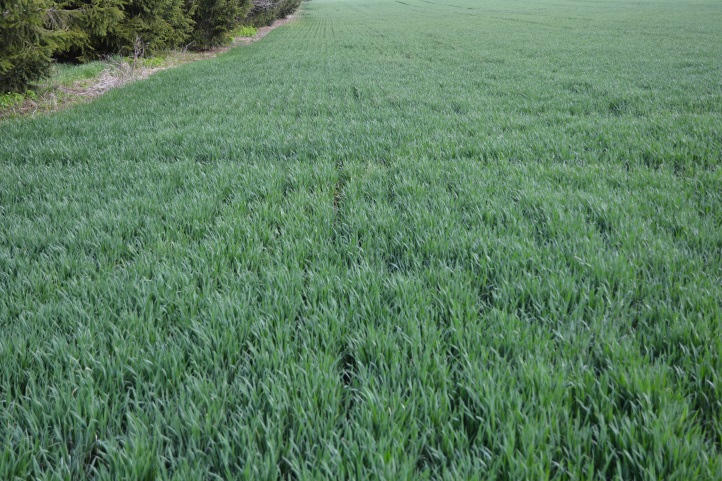OMAFRA Field Crop Report – May 3rd, 2017

Winter Wheat: The wheat crop continues to grow rapidly in the cool moist conditions and is 5-10 days ahead of normal in general. Following up on last week’s report, by the time sprayers are able to be back in the field, the weed stage and competition from the crop canopy will likely negate herbicide use […]












